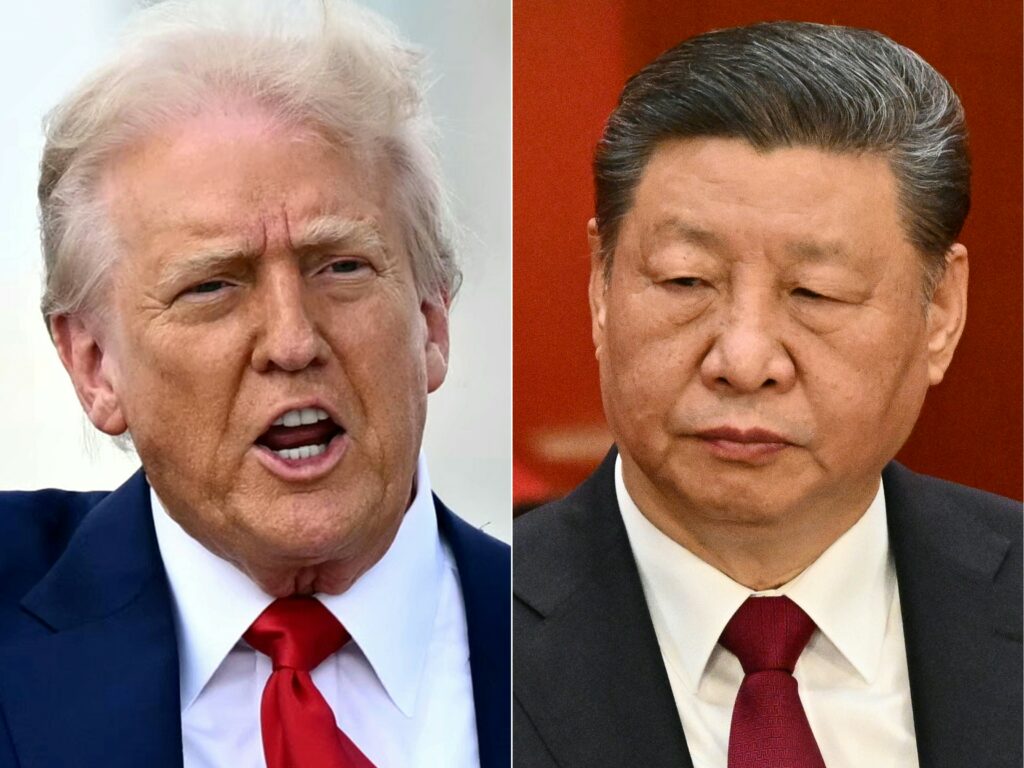AFP Asia Business
Trump sees progress on TikTok, says will visit China
US President Donald Trump hailed on Friday a call with Chinese counterpart Xi Jinping, claiming a deal to sell blockbuster app TikTok could be a “formality” and saying he would visit China, which gave a more cautious assessment of their talks.The leaders of the world’s two largest economies spoke by telephone for the second time …
Trump sees progress on TikTok, says will visit China Read More »
US stocks end at records again as Trump and Xi talk
Stock markets steadied and the dollar mostly rose Friday at the end of a week marked by central bank decisions, as attention turned to a call between US President Donald Trump and his Chinese counterpart Xi Jinping.Wall Street’s three main indices finished the week at records for the second day in a row, extending a rally …
US stocks end at records again as Trump and Xi talk Read More »


